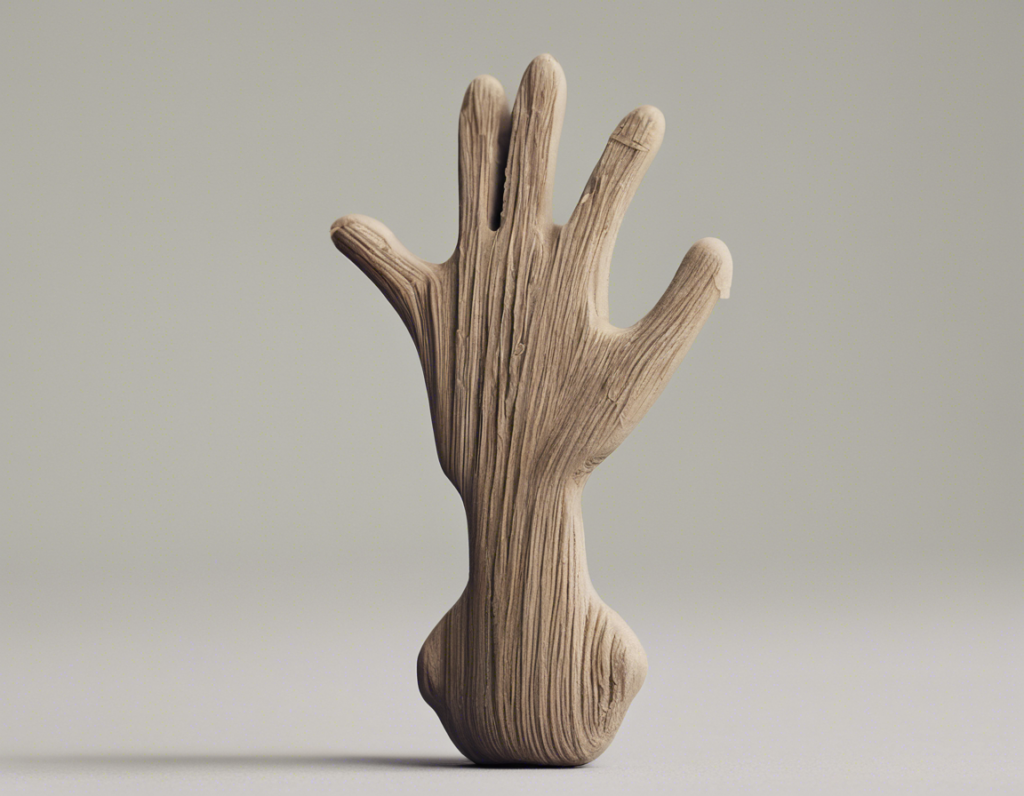When it comes to connecting objects, filling gaps, or simply mounting decorations, it’s hard to beat the versatility of sticky glue. This powerful adhesive can be found in various forms – from traditional white glue to super-strong epoxy – and it plays a vital role in various industries, from arts and crafts to construction.
In this comprehensive guide, we will delve deep into the world of sticky glue, exploring its different types, applications, tips for use, and more. By the end of this article, you’ll have a newfound appreciation for the humble yet indispensable adhesive that is sticky glue.
Types of Sticky Glue
1. White Glue
White glue, also known as PVA glue, is a popular choice for a wide range of projects. It dries clear, making it ideal for crafts where appearance is key. It’s non-toxic and easy to clean up, making it perfect for use in schools or homes.
2. Super Glue
Super glue, or cyanoacrylate adhesive, is known for its quick bonding properties. It forms a strong bond between surfaces almost instantly, making it ideal for small repairs or bonding tight-fitting parts.
3. Epoxy
Epoxy is a two-part adhesive that, when mixed, forms a strong and durable bond. It’s often used in industrial applications or for bonding materials like metal, glass, and ceramics.
4. Hot Glue
Hot glue is a versatile adhesive that is melted in a hot glue gun and applied in a liquid form. It solidifies as it cools, forming a strong bond. It’s great for crafts, DIY projects, and quick repairs.
5. Spray Adhesive
Spray adhesive is a convenient option for bonding large surfaces or materials that may not work well with traditional adhesives. It provides a fast and even application, making it a popular choice in upholstery, woodworking, and other industries.
Applications of Sticky Glue
Sticky glue finds a myriad of applications across different industries and settings. Here are some common uses:
- Crafts and DIY Projects: From scrapbooking to model-making, sticky glue is essential for a wide range of crafts and DIY projects.
- Household Repairs: Whether it’s fixing a broken ornament or repairing a loose handle, sticky glue is perfect for quick household repairs.
- Woodworking: In woodworking, adhesive plays a crucial role in bonding wood pieces together securely.
- Automotive Repairs: From fixing interior trim to securing loose components, sticky glue is a handy ally in automotive repairs.
- Industrial Manufacturing: Industries rely on strong adhesives like epoxy for bonding materials in manufacturing processes.
Tips for Using Sticky Glue Effectively
- Surface Preparation: Make sure the surfaces to be bonded are clean, dry, and free of dust or grease for optimal adhesion.
- Clamping: Some adhesives require clamping to ensure a strong bond. Follow the manufacturer’s recommendations for the specific glue you are using.
- Ventilation: When working with adhesives that release fumes, ensure proper ventilation to prevent exposure to harmful chemicals.
- Storage: Store sticky glue in a cool, dry place away from direct sunlight to maintain its effectiveness.
- Safety: Wear gloves and eye protection when handling strong adhesives to prevent skin irritation or eye damage.
Frequently Asked Questions (FAQs)
1. Can I use sticky glue on all materials?
While sticky glue is versatile, not all adhesives are suitable for all materials. It’s essential to read the manufacturer’s recommendations and choose the right adhesive for the specific materials you are bonding.
2. How long does sticky glue take to dry?
Drying time varies depending on the type of adhesive used. Super glue dries within seconds, while epoxy may take several minutes to hours to cure completely.
3. Can sticky glue be removed once it has dried?
It can be challenging to remove dried glue, especially strong adhesives like epoxy. However, certain solvents or adhesive removers can help soften the glue for removal.
4. Is sticky glue waterproof?
Some adhesives, like certain epoxies, are waterproof and can withstand exposure to water. However, it’s essential to check the product label for specific waterproof properties.
5. Can sticky glue be used for outdoor projects?
For outdoor projects, it’s crucial to use adhesives that are weather-resistant and capable of withstanding exposure to UV rays and temperature fluctuations. Outdoor adhesives are specially designed for such applications.
In conclusion, sticky glue is a versatile and indispensable tool for a wide range of projects and applications. From white glue for crafts to epoxy for industrial use, the right adhesive can make all the difference in your projects. By understanding the different types of sticky glue, its applications, and following best practices for use, you can unleash the full potential of this mighty adhesive.
